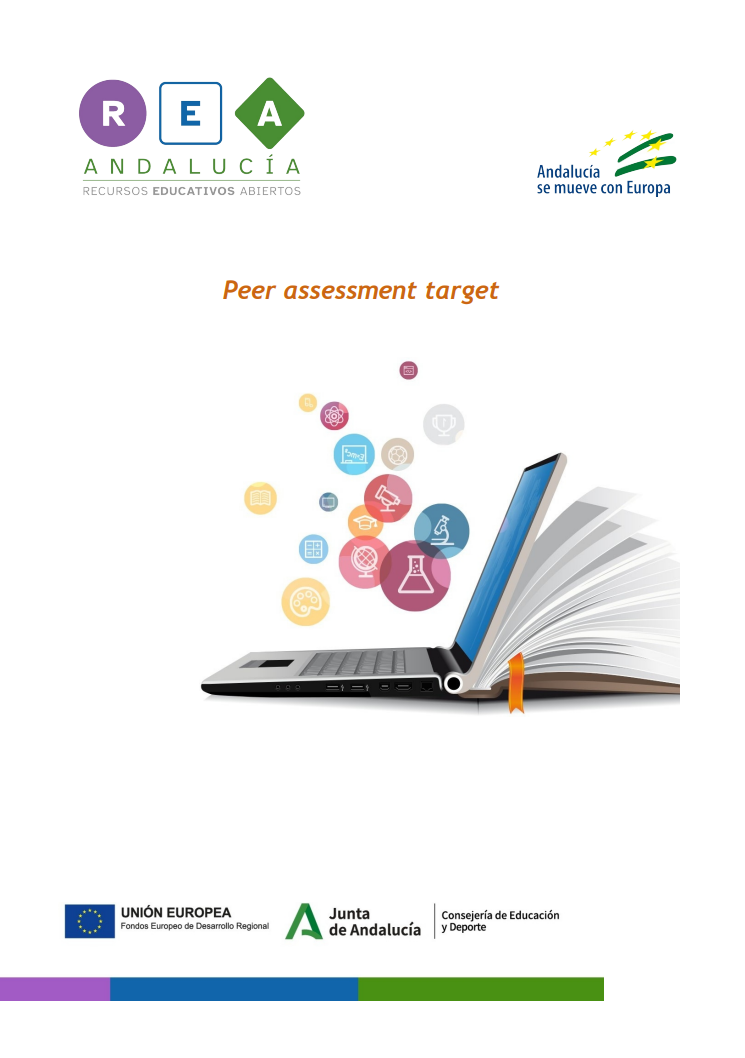Dictionary
Audience

- Spanish word:
-
Audiencia
Audio:
Brainstorm
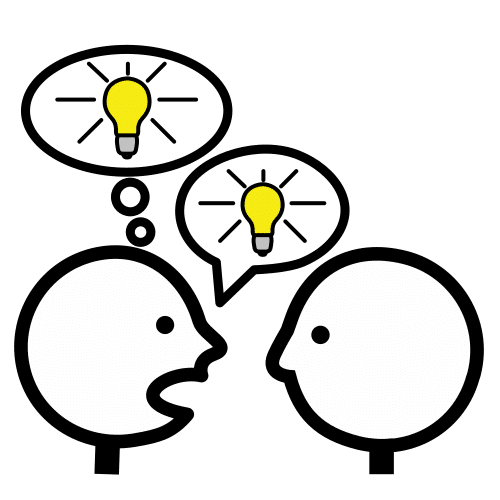
- Spanish word:
-
Lluvia de ideas
Audio:
Design
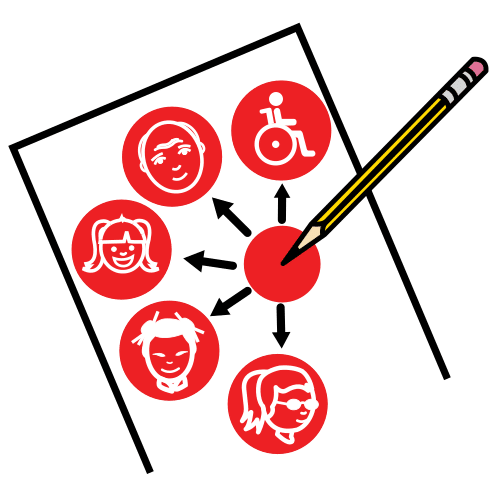
- Spanish word:
-
Diseñar/Diseño
Audio:
Draft
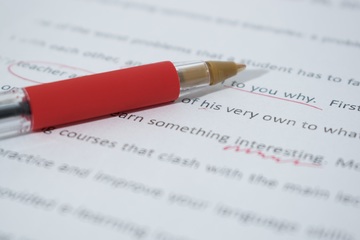
- Spanish word:
-
Borrador
Audio:
Format
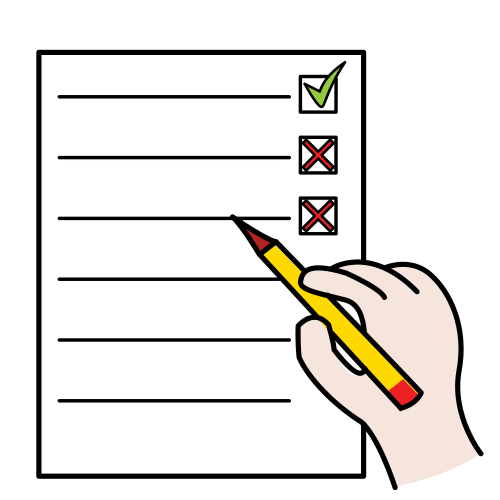
- Spanish word:
-
Formato
Audio:
Headlines

- Spanish word:
-
Titulares
Audio:
Idea

- Spanish word:
-
idea
Audio:
Logo

- Spanish word:
-
Logo
Audio:
Plan

- Spanish word:
-
Planificar
Audio:
Revise

- Spanish word:
-
Revisar
Audio:
Size

- Spanish word:
-
Tamaño
Audio:
Topic
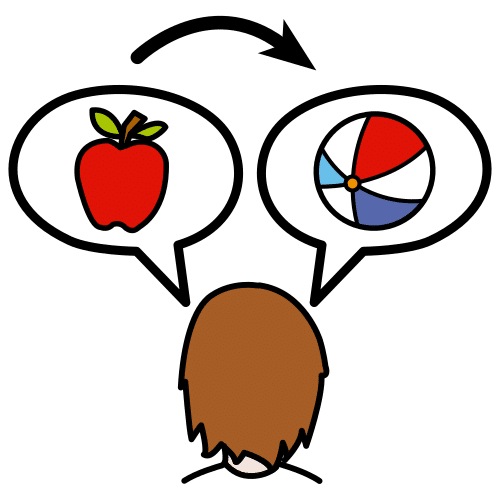
- Spanish word:
-
Tema
Audio:
 Let 's explore!
Let 's explore! Now, we are going to explore
Now, we are going to explore You are going to make a leaflet from your space travel agency.
You are going to make a leaflet from your space travel agency.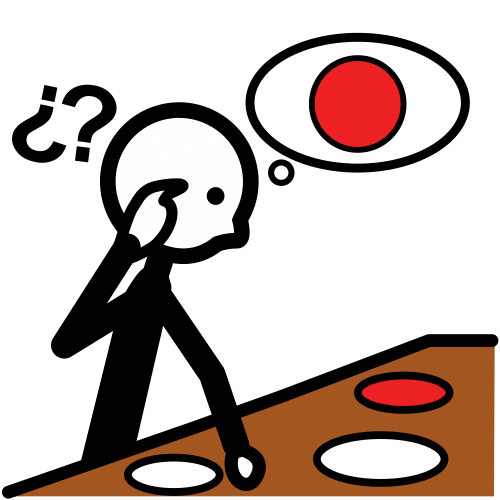 Look for the information you need to make your leaflet.
Look for the information you need to make your leaflet. Read these questions. It can help you.
Read these questions. It can help you.






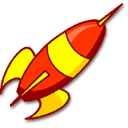

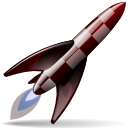

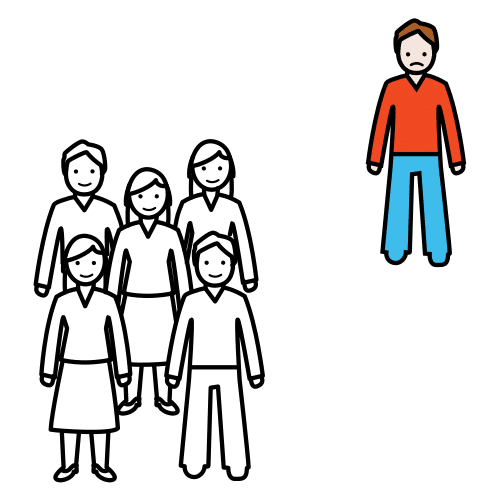 Now, you are going to work alone.
Now, you are going to work alone. You can do the activities you want.
You can do the activities you want.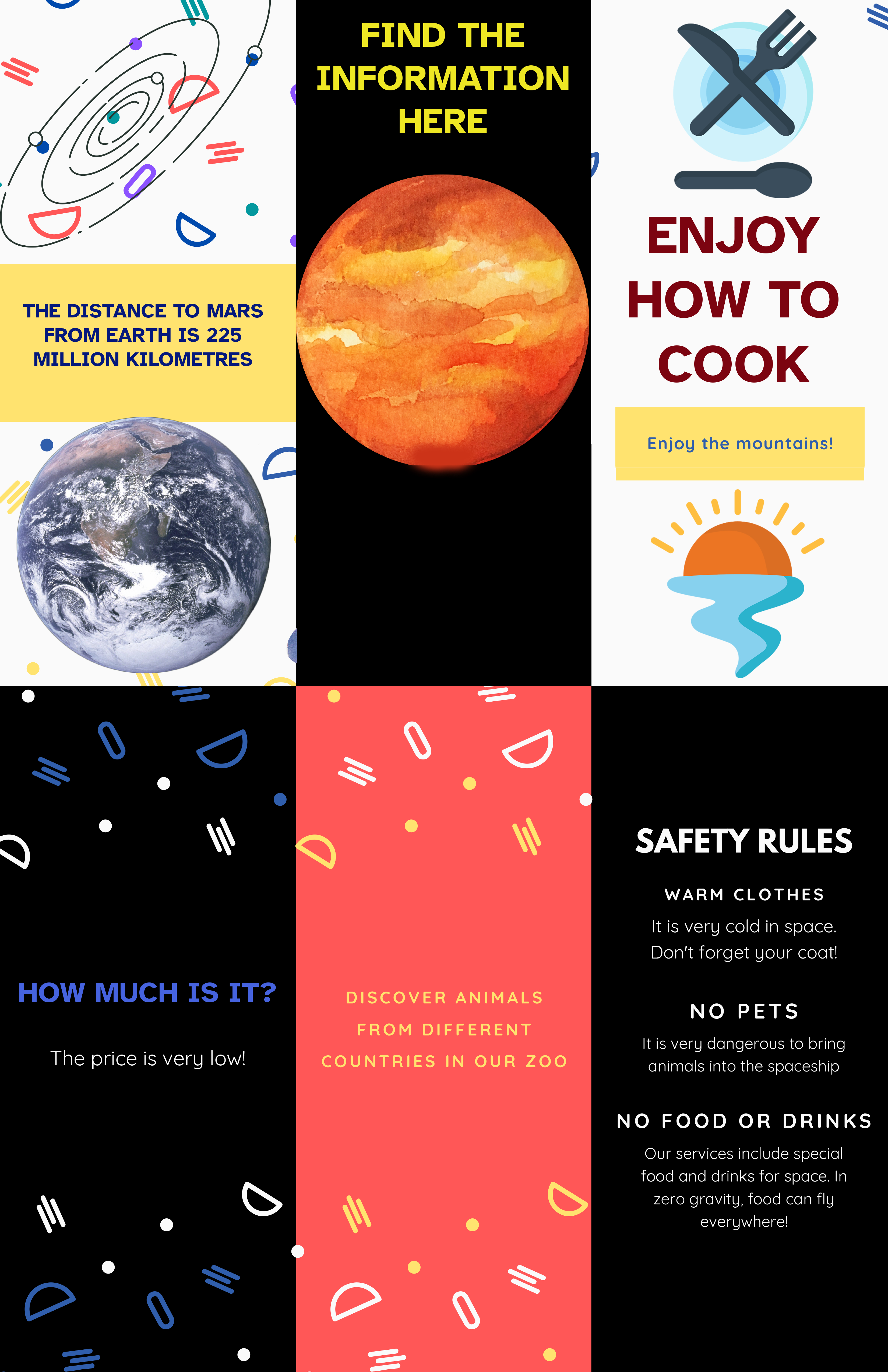
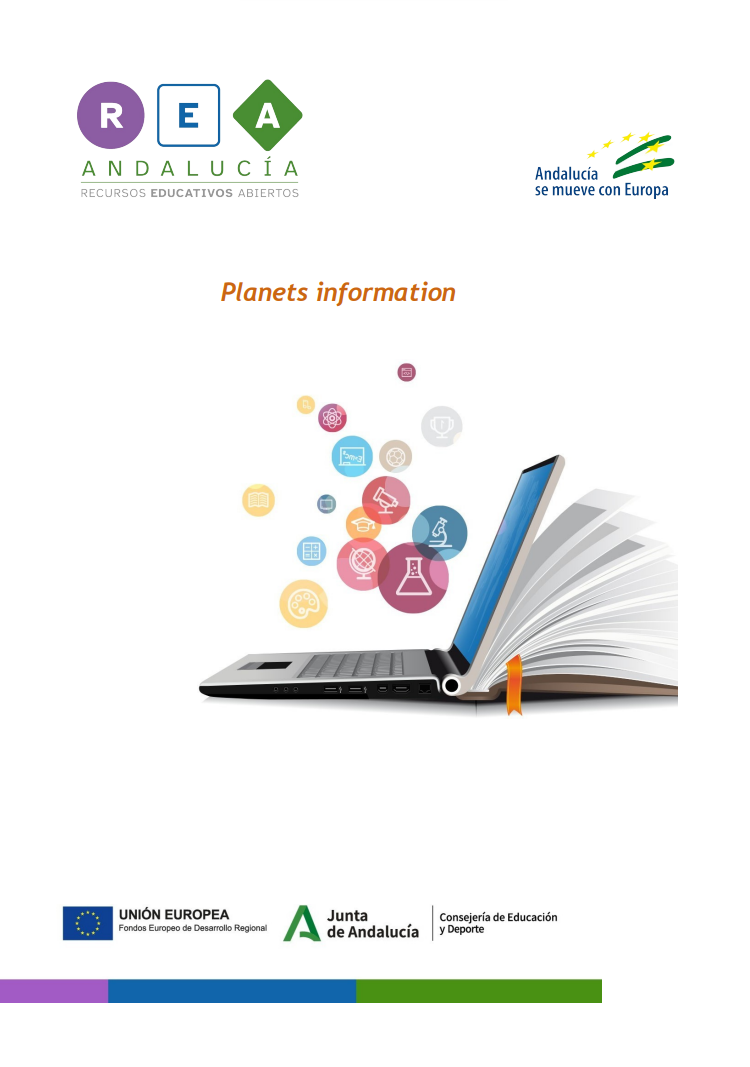
 Your brochure is very good.
Your brochure is very good.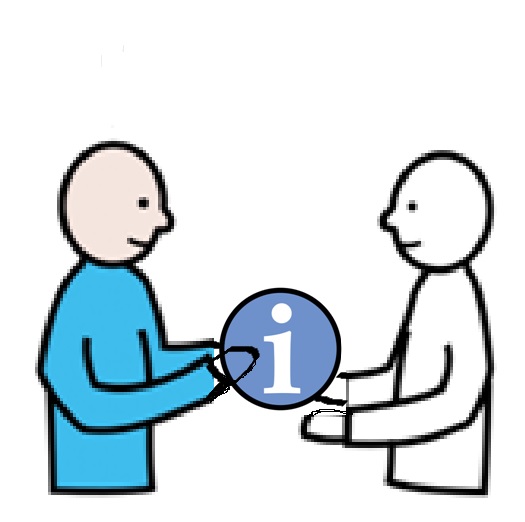 I am going to give you information.
I am going to give you information.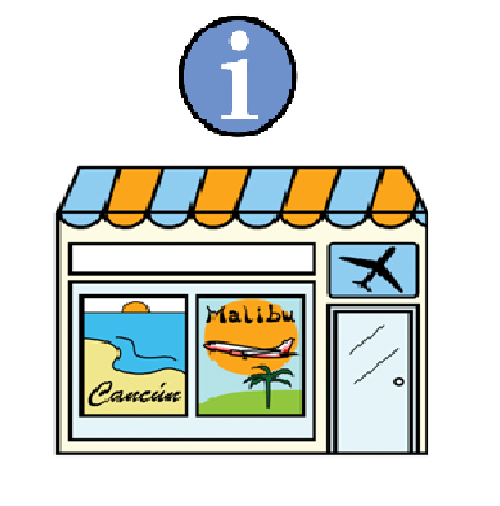 Information about my travel agency.
Information about my travel agency.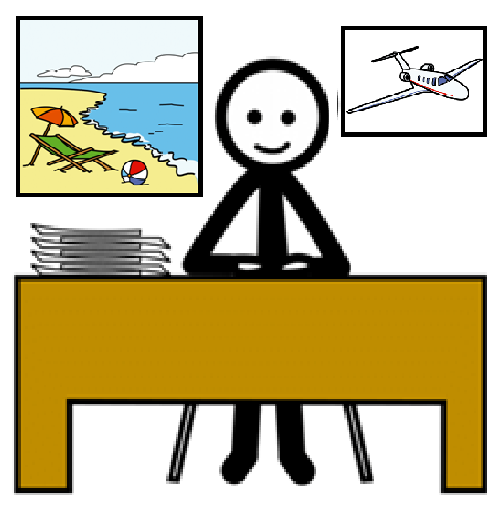 Imagine you are an employee.
Imagine you are an employee.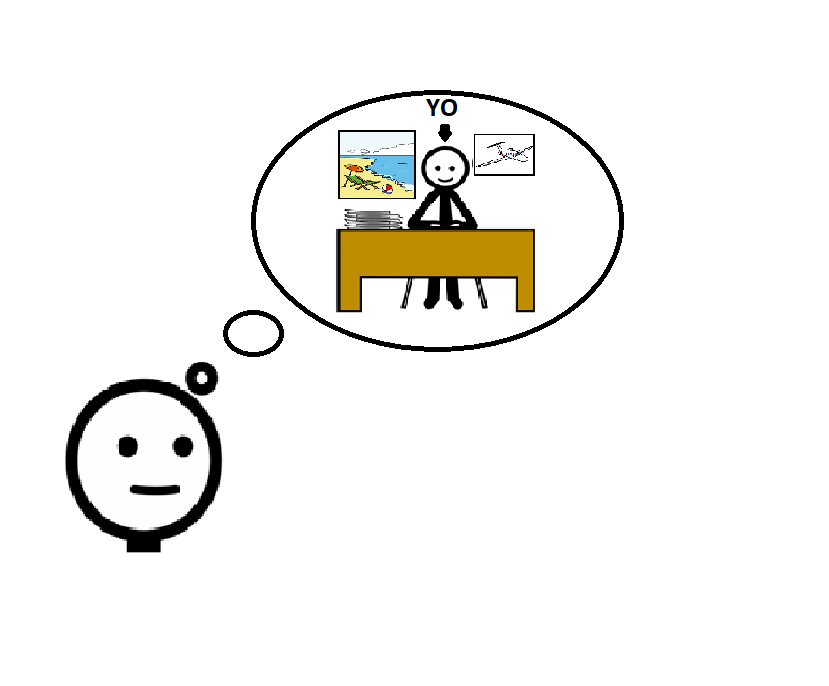 Imagine you work in the agency.
Imagine you work in the agency. Imagine a customer comes in.
Imagine a customer comes in.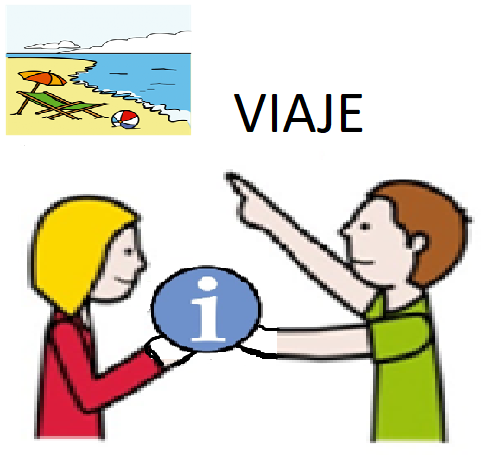 The customer requests information about a trip.
The customer requests information about a trip.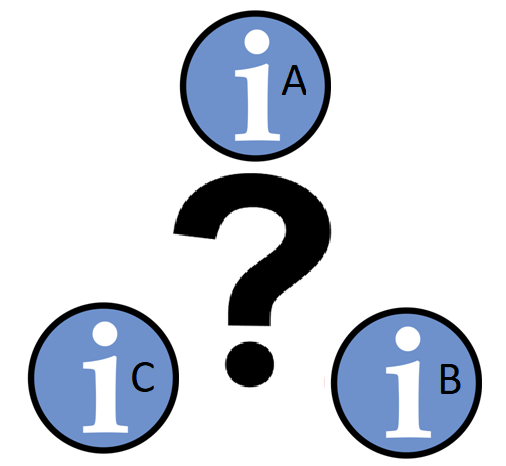 What information do you give him?
What information do you give him?
